What is the best way to spray lilies from red beetles?
Lilies are strong and hardy flowers, but they are also susceptible to attack by pests, among which insects of the Leaf beetle family are considered the most dangerous - lily and onion crackers. The gardener's task is to process lilies from red beetles as soon as possible, so as not to waste time and not lose young plants.
How to identify a pest?
As soon as the first crackling beetles are seen on flowers in the spring, the gardener should immediately begin to fight them. It is not difficult to recognize this pest - the beetle has a bright color and a rather large size (0.6-1.5 cm).
There are about 1500 species in the leaf beetle family, but only two of them do harm to lily crops:
- Lilioceris lilii, or a lily rattle. The body, head and legs of the parasite are completely black, the elytra are bright red. Size from 6 to 9 mm.
- Lilioceris merdigera, or onion rattle (bulbous). This beetle is slightly larger than the lily rattle, and its head and part of its legs, as well as the elytra, are colored red with an orange tint.
They are popularly called squeaks or firefighters and are often confused with each other. The period of active reproduction of red beetles is from May to the first half of July.
Adults do not cause significant damage to plants (although they feed on lily greens). But each female rattle is capable of laying up to 450 orange eggs per season. The clutches look unpleasant, like small lumps of gray translucent mucus, and are located on the lower part of the leaves, so it is difficult to see and remove them by hand.
The rattlers got their name for the chirping sounds made in times of danger.
What harm does the red beetle do?
In a week, larvae hatch from the eggs. Within 16-24 days, they develop on the aerial part of the plant, then go into the soil and pupate. During the growth period, the larvae are able to completely destroy the leaves, buds, buds, and partially the stems of lilies, as they are very voracious and are excreted in large quantities.
Ignoring pests, the gardener runs the risk of losing the entire plant in a fairly short time. First, the lily will start to wither, then it will lose buds and leaves. Naturally, it will not bloom. In the middle of summer, a new generation of beetles will emerge from the ground and will continue to eat the remains of the flower (fortunately, after that the breeding cycle will only repeat the next year). Already in July, only a bare stem will remain from the flower.
The first signs of damage are the eaten edges of the leaves and holes in them, the plant looks lethargic and painful. From this point on, it is not too late to save the lily for future flowering.
Chemical fight
There are many effective methods of dealing with the red beetle. Gardeners can cope with a small number of pests using folk methods; in advanced cases, only "heavy artillery" - insecticidal preparations - will save. The use of pesticides will help to avoid relapse - timely treatment will completely destroy the parasites along with the offspring.
There are no individual preparations designed to combat specifically red beetles. But both types of rattlers are effectively treated with pesticides designed to exterminate leaf-eating insects (for example, Colorado beetles).
Treatment with chemicals is much more effective than traditional methods. Poisons allow, after a single treatment, to completely rid the garden of pests.
In the direction of action, insecticides are of several types. Here are the most common ones.
- Organochlorine. These are highly toxic drugs that destroy most pests.Disadvantages - harm humans and animals, destroy beneficial insects. Such preparations are not recommended for use on personal garden plots.
- Organophosphorus. They selectively affect pests, at low consumption, the effect manifests itself quickly, but the toxicity for warm-blooded animals and humans is high. It is necessary to carefully observe safety measures and avoid accidental contact of the solution on the skin, mucous membranes and in the respiratory tract. Common names are Tagore, Aktellik, Malathion, Karbofos.
- Pyrethroids. Relatively safe and fairly effective drugs that destroy the insect's nervous system. They are made on the basis of derivatives of the natural substance pyrethrum. Of the disadvantages - with not too careful processing, some of the pests can hide and survive, and with regular use they develop resistance. The most famous drugs in this group are Bifenthrin, Fastak, K-Otrin, FAS.
- Neonicotinoids. A modern group of insecticides that have a detrimental effect on the nervous system of pests. The drug penetrates into all parts of the plant, so they can not only be sprayed, but also watered at the root. It acts quickly and efficiently, but it is quite toxic to humans and animals. Popular brands are Aktara, Confidor, Calypso, Mospilan.
- Bioinsecticides. Preparations based on fungi, bacteria or nematodes do not pose a threat to humans and the environment, are effective, but, as a rule, are not cheap. Not addictive to pests. Well proven in the fight against crackers "Nemabakt", "Lepidocid", "Fitoverim, KE".
To spray lilies from red beetles with any of the listed funds, you need to prepare: carefully study the instructions for the selected drug, observe all dilution proportions and precautions that the manufacturers recommend. Sometimes a single treatment with insecticides does not give a result for the entire season (the beetles fly perfectly, which means that they can move from a neighboring site at any time).
It is necessary to treat lilies with insecticides before flowering. Each drug has a waiting period after use - this must be taken into account when cutting flowers for bouquets. For most products, this is about 3 weeks, for biological products - 2-5 days.
Folk remedies
For opponents of chemical treatment, there are a number of popular methods of dealing with the red beetle.
- Collect mechanically. You can catch the beetles themselves (it is convenient to put the caught ones in a container with soapy water) or find their clutches, and subsequently the larvae (they are small, so it will be easier to remove them from the leaves with pieces of soft paper, cloth). The method is complicated by the fact that at the sight of danger, beetles immediately fall to the ground with their belly up, and it becomes difficult to see them.
- Shake beetles and larvae from bushes onto cardboard or plastic laid on the ground.
- Pour water over. But both beetles and a significant part of the larvae will soon crawl back onto the plant.
- Spraying with natural solutions or infusions (dry mustard, ash, laundry soap, wormwood, etc.). This will scare off adult insects from planting, but not destroy them. Some of the larvae that have just hatched from the eggs die. Processing is carried out at least once a week.
- Pollination with dry ash or mustard.
- During the season, cover the ground under the bushes and in the aisles with a film (this will save at the same time from weeds). The larvae will not be able to burrow into the ground for further development.
However, during the season, lilies from red beetles will have to be processed in such ways many times. Moreover, it is better to combine them, since none of these methods will bring the desired effect the first time.
Additional control measures
Adults hibernate right there, in the garden, burrowing in loose soil not far from the crops they eat.Red bugs attack lilies with the arrival of heat, and in April-May they begin to mate and lay eggs.
To avoid a re-invasion of the parasite next year, gardeners can take action already in the fall.
Fire beetles often hide for the winter under a layer of fallen leaves. Therefore, you should remove all plant debris from the garden, as well as remove weeds along with the roots. Waste must be disposed of carefully (eg incinerated). Manual collection of pests can be continued throughout the summer and autumn.
To keep the flowers from the Liliaceae family intact, it is important to prevent the mass spread of the pest. Fortunately, crackling beetles feed only on lilies, not spreading throughout the garden. Having tried several methods of struggle and choosing the most effective among them, the florist will easily learn to exterminate red beetles, and healthy bright lilies will bloom on the flower beds every year.
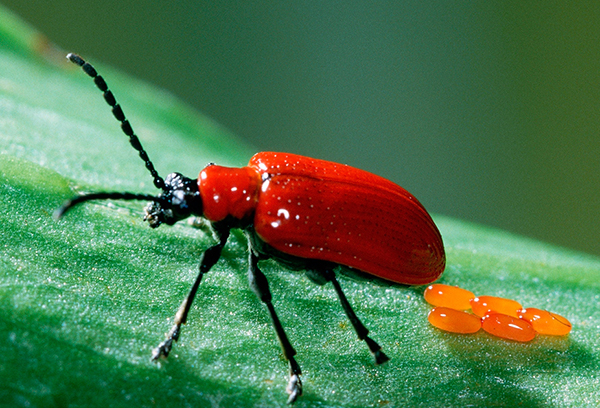

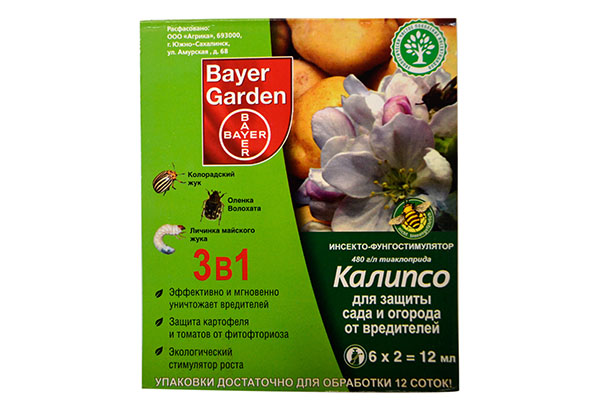



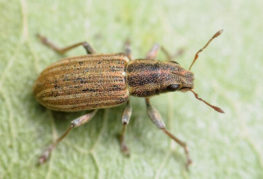
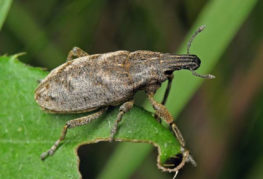

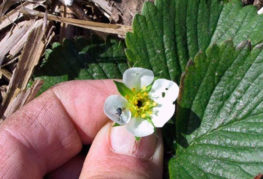

and will be published shortly.